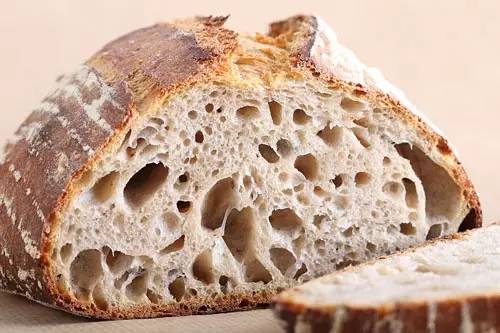Sourdough Bread Recipe Starter: The Ultimate Guide to Perfecting Your Artisan Loaf
Are you ready to embark on a delicious journey into the world of baking? If you’ve ever dreamed of creating the perfect sourdough bread, then understanding……
Are you ready to embark on a delicious journey into the world of baking? If you’ve ever dreamed of creating the perfect sourdough bread, then understanding the sourdough bread recipe starter is your first step toward achieving that goal. This guide will not only walk you through the process of making your own starter but will also provide you with tips and tricks to elevate your baking skills to new heights.
### What is a Sourdough Bread Recipe Starter?
At its core, a sourdough bread recipe starter is a mixture of flour and water that ferments over time, cultivating wild yeast and beneficial bacteria. This natural fermentation process is what gives sourdough its characteristic tangy flavor and chewy texture. Unlike commercial yeast, which can produce bread quickly, a sourdough starter requires time and patience, but the results are undeniably worth it.
### How to Create Your Own Sourdough Starter
Creating a sourdough bread recipe starter is a simple yet rewarding process. Here’s a step-by-step guide to get you started:
1. **Gather Your Ingredients**: You will need equal parts of all-purpose flour and water. Ideally, use filtered or bottled water to avoid any chlorine that could hinder the fermentation process.
2. **Mix the Ingredients**: In a clean glass jar, combine 100 grams of flour with 100 grams of water. Stir until there are no dry lumps, and the mixture is smooth.

3. **Let It Ferment**: Cover the jar loosely with a lid or a clean cloth and let it sit at room temperature (around 70°F to 75°F) for 24 hours. This is where the magic begins!
4. **Feed Your Starter**: After 24 hours, you may not see much activity, but that’s okay! Discard half of the mixture and add another 100 grams of flour and 100 grams of water. Repeat this feeding process every 24 hours.
5. **Look for Bubbles**: Within a few days, you should start to see bubbles forming in your starter, indicating that the wild yeast is becoming active. Around day 5 to day 7, your starter should be bubbly and have a pleasant sour smell.
6. **Ready to Use**: Your sourdough bread recipe starter is ready when it doubles in size within 4 to 6 hours after feeding. At this point, you can use it to bake delicious sourdough bread!
### Tips for Maintaining Your Sourdough Starter

To keep your starter healthy and thriving, consider these tips:
- **Regular Feedings**: If you’re baking frequently, feed your starter once a day. If not, you can store it in the refrigerator and feed it once a week.
- **Hydration Level**: You can adjust the hydration of your starter by varying the water-to-flour ratio. A thicker starter will yield a denser bread, while a more liquid starter can create a lighter loaf.
- **Experiment with Flours**: While all-purpose flour is great, try incorporating whole wheat or rye flour for added flavor and nutrition.
### Baking with Your Sourdough Starter

Once your sourdough bread recipe starter is ready, you can dive into the world of sourdough baking! Start with a basic sourdough bread recipe that includes flour, water, salt, and your starter. The process involves mixing, kneading, shaping, and allowing the dough to rise. The result? A crusty, flavorful loaf that you can proudly share with friends and family.
### Conclusion
Mastering the art of sourdough baking starts with a solid sourdough bread recipe starter. With a little patience and practice, you can create your own starter and enjoy the delightful flavors of homemade sourdough bread. So gather your ingredients, roll up your sleeves, and let the baking adventure begin!